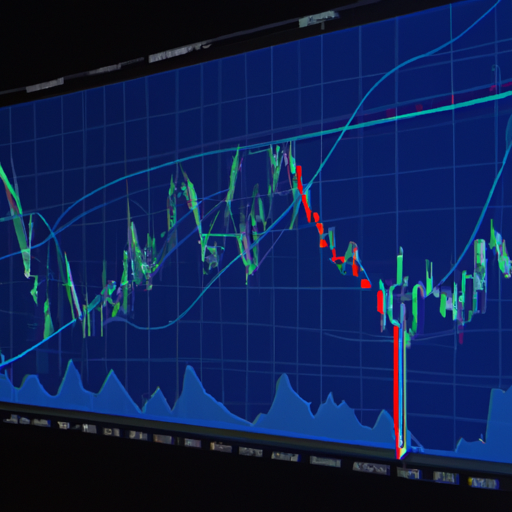Table of Contents
High-Frequency Trading in Forex: The Rise of Algorithmic Trading

High-frequency trading (HFT) has revolutionized the way financial markets operate, particularly in the forex (foreign exchange) market. With the advancement of technology and the rise of algorithmic trading strategies, HFT has become a dominant force in the forex market, accounting for a significant portion of daily trading volume. In this article, we will explore the impact of high-frequency trading in forex, its benefits and challenges, and how traders can navigate this fast-paced environment.
The Basics of High-Frequency Trading
High-frequency trading refers to the use of sophisticated algorithms and powerful computers to execute trades at lightning-fast speeds. These algorithms analyze market data, identify trading opportunities, and automatically place orders within milliseconds. In the forex market, where currencies are traded 24 hours a day, five days a week, HFT has become increasingly prevalent due to its ability to capitalize on small price discrepancies and fluctuations.
Benefits of High-Frequency Trading
- Increased Liquidity: HFT firms provide liquidity to the forex market by constantly quoting bid and ask prices, narrowing spreads, and facilitating efficient price discovery.
- Price Efficiency: HFT helps ensure that prices in the forex market reflect all available information in real-time, reducing the impact of market inefficiencies and enhancing price transparency.
- Enhanced Execution Speed: HFT allows traders to execute orders at the best available prices instantaneously, minimizing slippage and maximizing trading efficiency.
Challenges of High-Frequency Trading
- Market Fragmentation: The rise of HFT has led to market fragmentation, with trades being executed across multiple venues simultaneously, potentially creating liquidity issues and increasing market complexity.
- Risk of Systemic Instability: The speed and volume of HFT activity can amplify market volatility and trigger flash crashes, raising concerns about systemic risk and market stability.
- Regulatory Scrutiny: Regulators have been monitoring the impact of HFT on market integrity and fairness, leading to increased scrutiny and potential regulatory changes to address concerns about market manipulation and abuse.
Case Studies: The Impact of High-Frequency Trading
Several notable events have highlighted the influence of high-frequency trading in the forex market. For example, the “flash crash” of 2010, where the U.S. dollar plummeted against the Japanese yen in a matter of minutes, was attributed to HFT algorithms reacting to market conditions and exacerbating the sell-off. Similarly, the Swiss franc “black swan” event in 2015, when the Swiss National Bank unexpectedly removed its currency peg, resulted in extreme volatility and significant losses for HFT firms caught on the wrong side of the trade.
Navigating the High-Frequency Trading Landscape
For individual traders looking to navigate the high-frequency trading landscape in forex, there are several strategies to consider:
- Utilize Limit Orders: By using limit orders instead of market orders, traders can specify the price at which they are willing to buy or sell a currency pair, reducing the risk of adverse price movements caused by HFT activity.
- Stay Informed: Keep abreast of market news, economic indicators, and geopolitical events that can impact currency prices, allowing you to make informed trading decisions and avoid being caught off guard by sudden market movements.
- Diversify Your Portfolio: Spread your risk across different currency pairs and asset classes to mitigate the impact of HFT-induced volatility and minimize potential losses.
Summary
In conclusion, high-frequency trading has become a dominant force in the forex market, reshaping the way trades are executed and prices are determined. While HFT offers benefits such as increased liquidity and price efficiency, it also poses challenges in terms of market fragmentation, systemic risk, and regulatory scrutiny. By understanding the impact of HFT, staying informed, and adopting appropriate trading strategies, traders can navigate the high-frequency trading landscape in forex effectively and capitalize on opportunities while managing risks.